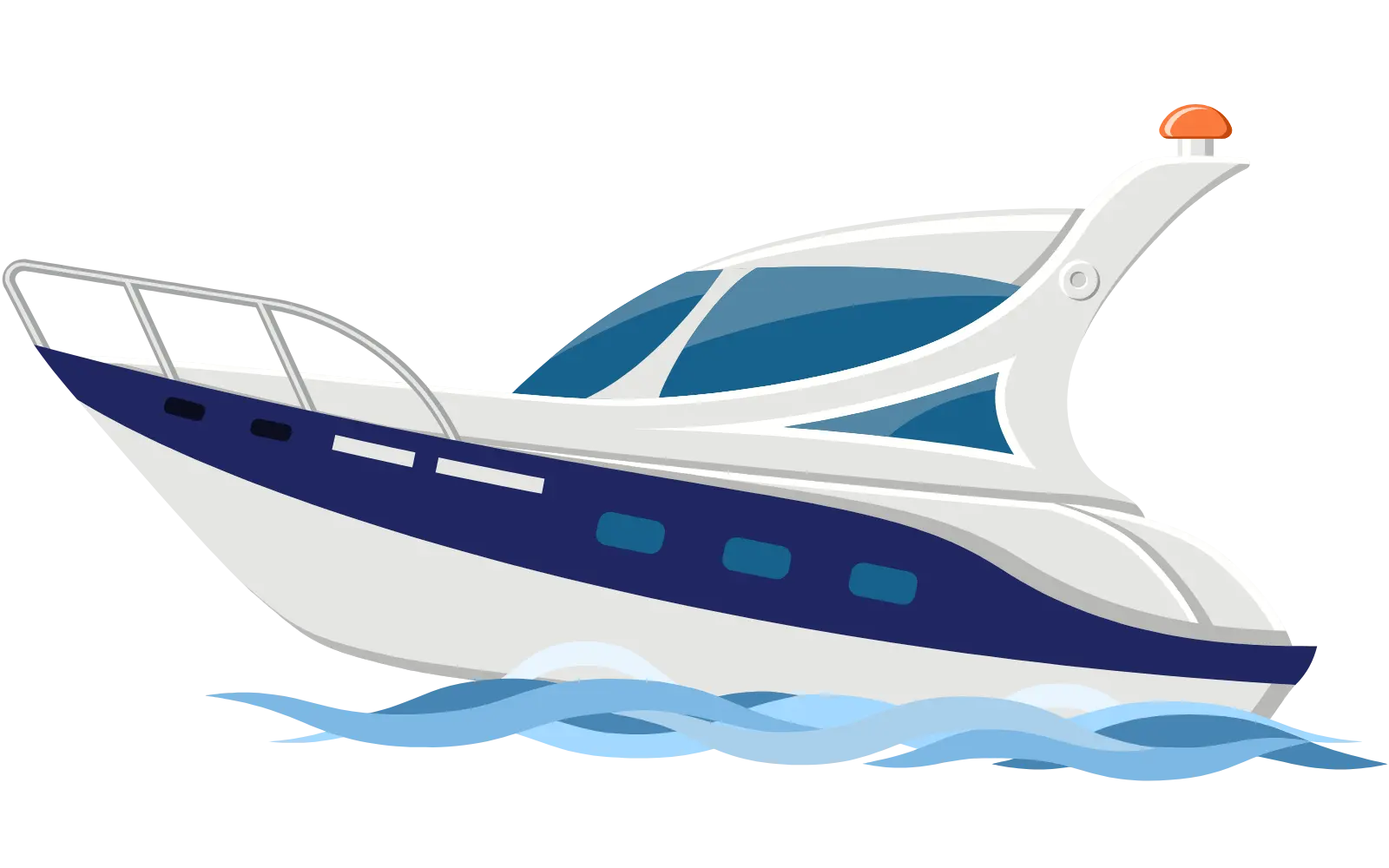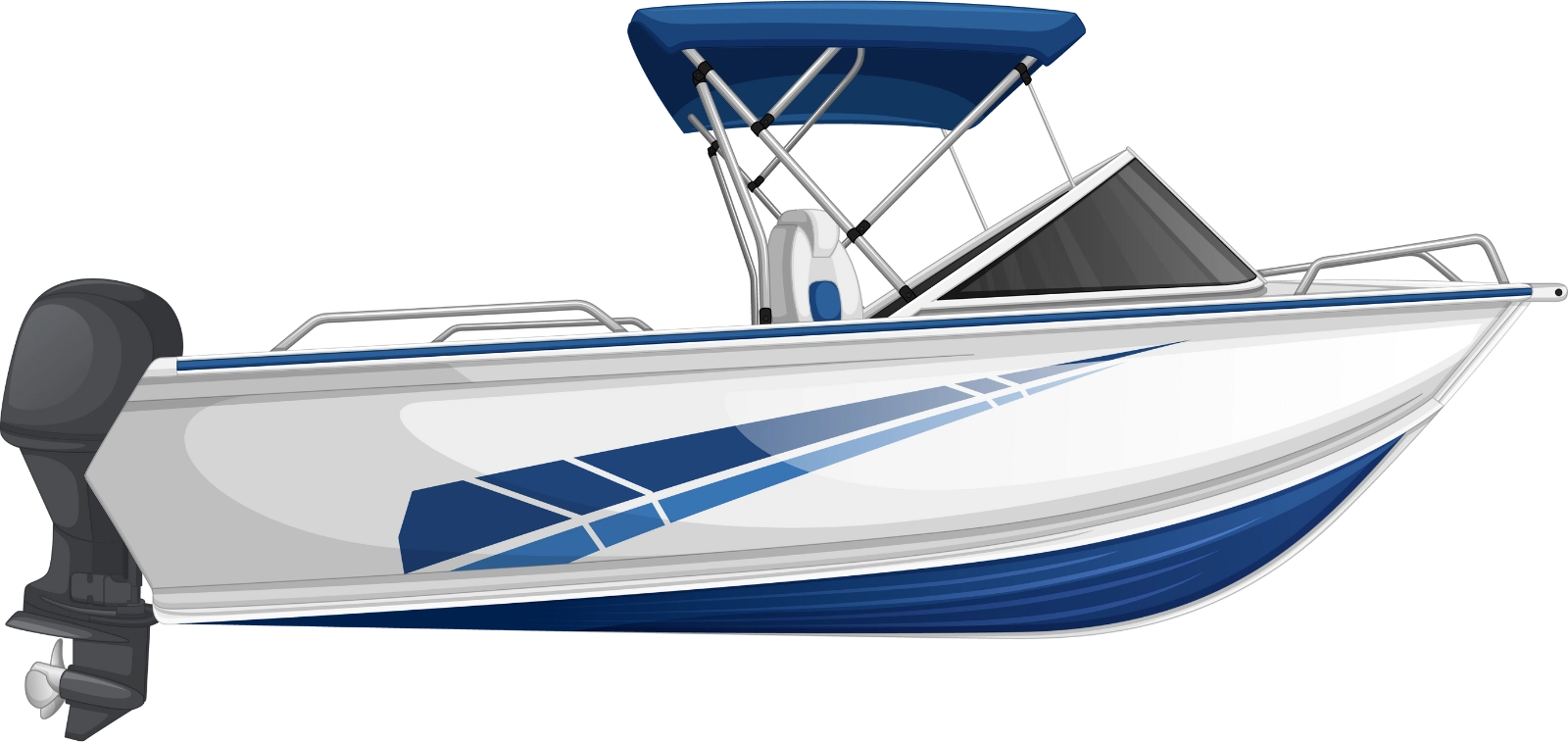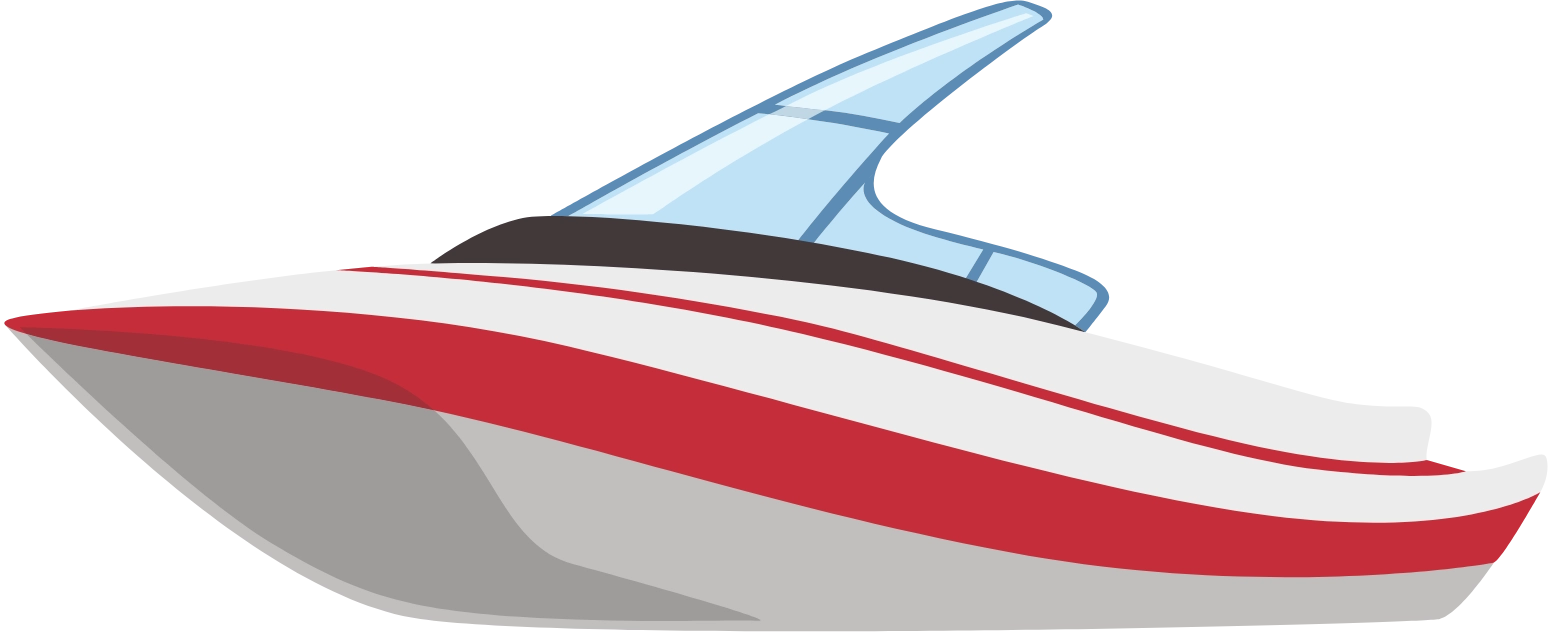Introduction
One of the most commonly asked questions we hear is, “Should I buy a new or used boat?” While every situation is different and depends on your personal goals, budget, and preferences, it’s a simple question that can have a big impact. Not just on how much you spend, but on whether you get approved and the kind of loan terms you’re offered.
In this article, we’ll break down how the decision to buy new or used can affect your experience with financing. We’ll walk through what our lenders are looking for, what doesn’t change regardless of the boat’s age, and what unique challenges or benefits might come with each route.
What Stays the Same: Key Factors Every Boat Loan Depends On
Credit Score- Your credit history is one of the first things a lender checks. A score above 680 typically opens the door to lower interest rates and longer repayment terms. If your score is lower, it doesn’t necessarily mean you’ll be denied, but you may face stricter terms or need a co-signer.
Loan-to-Value Ratio- Lenders want to ensure the loan amount matches the boat’s fair market value. This is especially important with used boats, where the value may vary based on age, condition, or upgrades.
Down Payment- Most boat loans require a down payment of 10 to 20 percent. Some borrowers with excellent credit might qualify for low or even no down payment, but it’s not guaranteed.
Debt-to-Income Ratio- Even with good credit, lenders want to see that you’re not overextended. Your existing monthly debt, such as a mortgage, car loans, or credit cards, will be reviewed against your income.
Boat Age and Type- Lenders tend to prefer boats that are less than 15 to 20 years old. Fiberglass hulls, newer engines, and well-known brands are seen as lower risk and hold their value better.
Used Boat Financing: Lower Cost, Higher Scrutiny
For many buyers, the appeal of a used boat is simple: it costs less. That smaller purchase price translates to a smaller loan, a faster payoff, and potentially more flexibility with your overall budget. In fact, for first-time boat owners, starting with a used boat is often a practical choice.
But when it comes to financing, lenders take a closer look at used boats. The older the boat, the greater the uncertainty. Has it been properly maintained? Are there hidden issues that affect its value?
To get approved for a loan on a used boat, you’ll likely need to provide more documentation. That might include:
- A marine survey or inspection
- Service and maintenance records
- Photos of the boat, inside and out
- Hull identification number (HIN) verification
Terms for used boat loans may also be shorter—typically 5 to 12 years—and interest rates can be slightly higher than for new boats. Some lenders set an age limit, making it more difficult to finance boats over 20 years old.
That said, a well-maintained used boat can be a fantastic deal. If the boat has a good history and you’re prepared to handle maintenance, it’s a smart way to save.
New Boat Financing: Easier Approval, Higher Price Tag
Financing a new boat often comes with fewer questions and more options. Lenders prefer the predictability of a brand-new vessel. There’s no wear and tear, no uncertain history, and clear documentation from the manufacturer.
That confidence translates into benefits for the buyer. With a new boat loan, you’re more likely to get:
- Longer repayment terms (often 10 to 20 years)
- Lower interest rates for well-qualified borrowers
- More flexible financing options
- Warranty coverage that protects your investment
But all of that comes with a price. New boats are expensive. A mid-sized fishing or cruising boat in today’s market could easily run $70,000 to $100,000 or more, especially with add-ons or electronics.
There’s also depreciation to consider. Just like a car, a new boat loses value quickly. Some lose 20 to 30 percent of their value in the first year alone. If you decide to sell or trade it early, you may owe more than the boat is worth.
Still, for buyers who plan to keep their boat long term, or who want the peace of mind that comes with warranty support, buying new has real advantages.
Special Case: Buying a Used Boat From a Dealership
Not every used boat comes from a private seller. Many dealerships sell trade-ins or certified pre-owned boats that have been inspected and serviced before being listed.
When you finance a used boat through a dealership, it can feel more like buying new. The dealership often:
- Handles the paperwork, including title transfer and registration
- Offers limited warranties or protection plans
- Has relationships with lenders that may make financing smoother
- Provides a point of contact for service or post-sale questions
You may also have more leverage with financing. Some lenders are more comfortable financing used boats from a licensed dealership than from a private party.
Of course, you’re paying for that convenience. Dealership purchases often come with added costs, including:
- Documentation or processing fees
- Dealer prep and inspection charges
- Extended warranty add-ons
That doesn’t mean it’s a bad deal. It just means you need to weigh the value of professional service against the higher upfront price.
Final Thoughts: New or Used, It’s About What Works for You
There’s no universally “smarter” choice between a new and used boat. What matters is how the decision lines up with your goals, your finances, and your comfort level.
If you want lower monthly payments and don’t mind handling some maintenance yourself, a used boat—especially from a reputable seller—can be a great fit. If you’d rather finance something under warranty and plan to keep it for the long haul, new might be the better route.
Either way, it’s important to understand how your choice affects loan options, approval odds, and long-term value.
Next Steps to Set Sail
At My Financing USA, we are ready to help you set sail with the best rates possible whether your vessel is new or used. With our easy to use application, streamlined process, and knowledgeable team, we are here to help guide you through the financing process and get you on the water.






